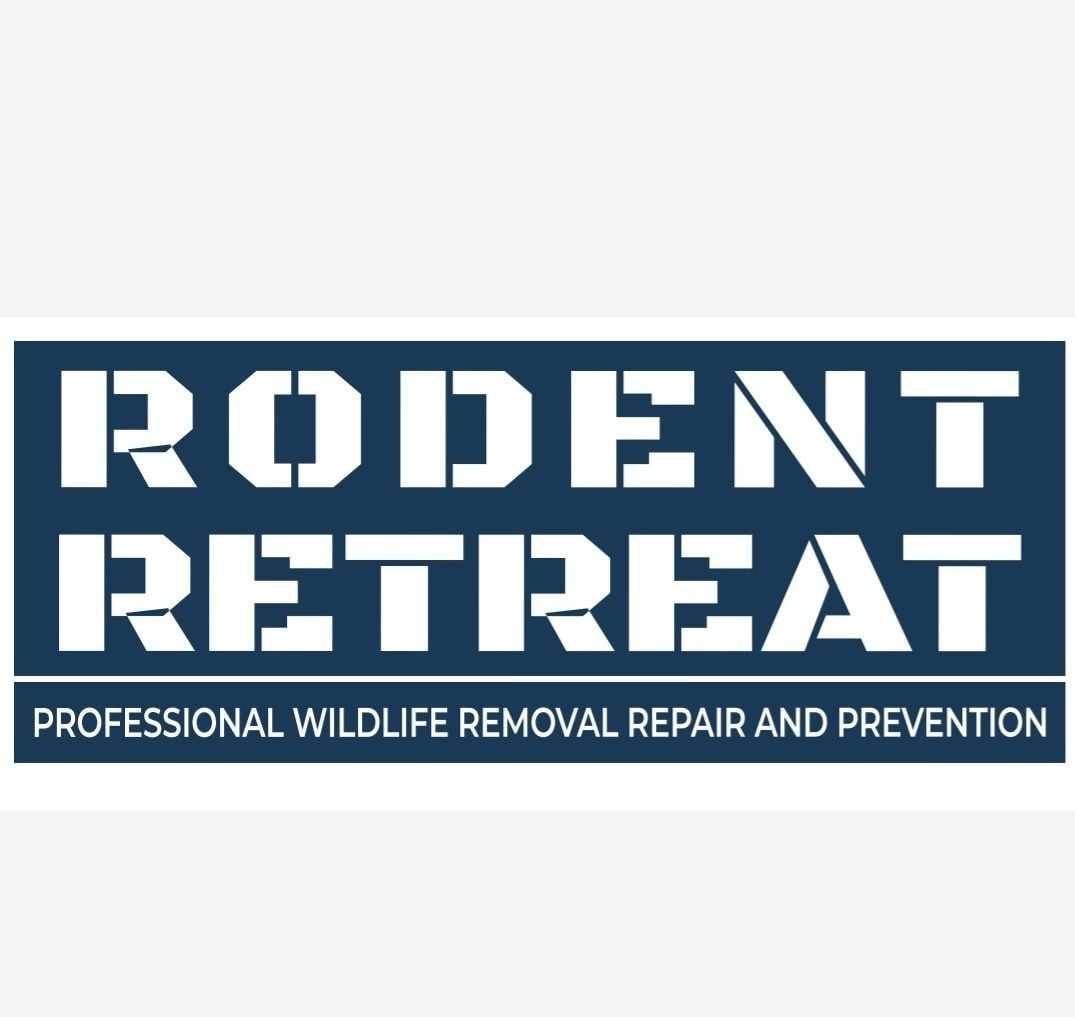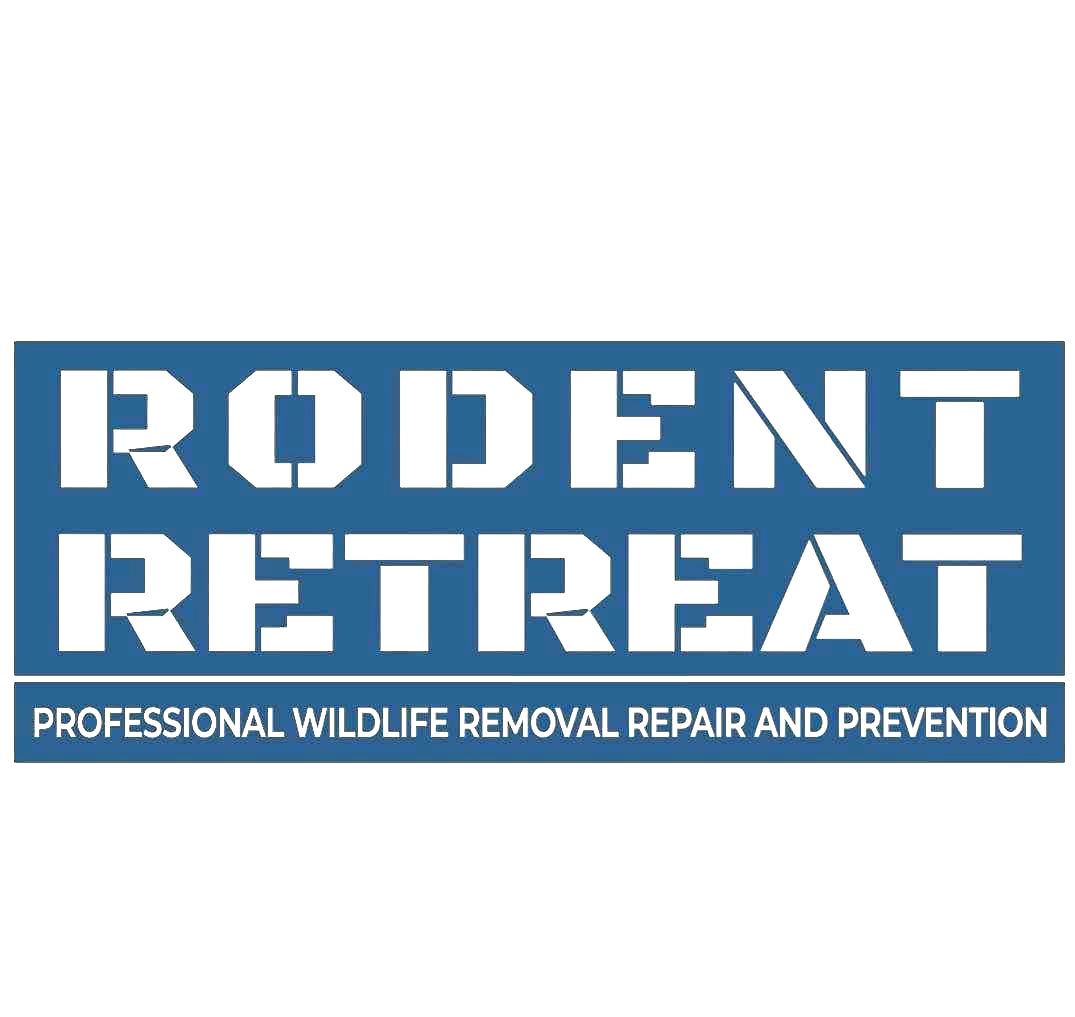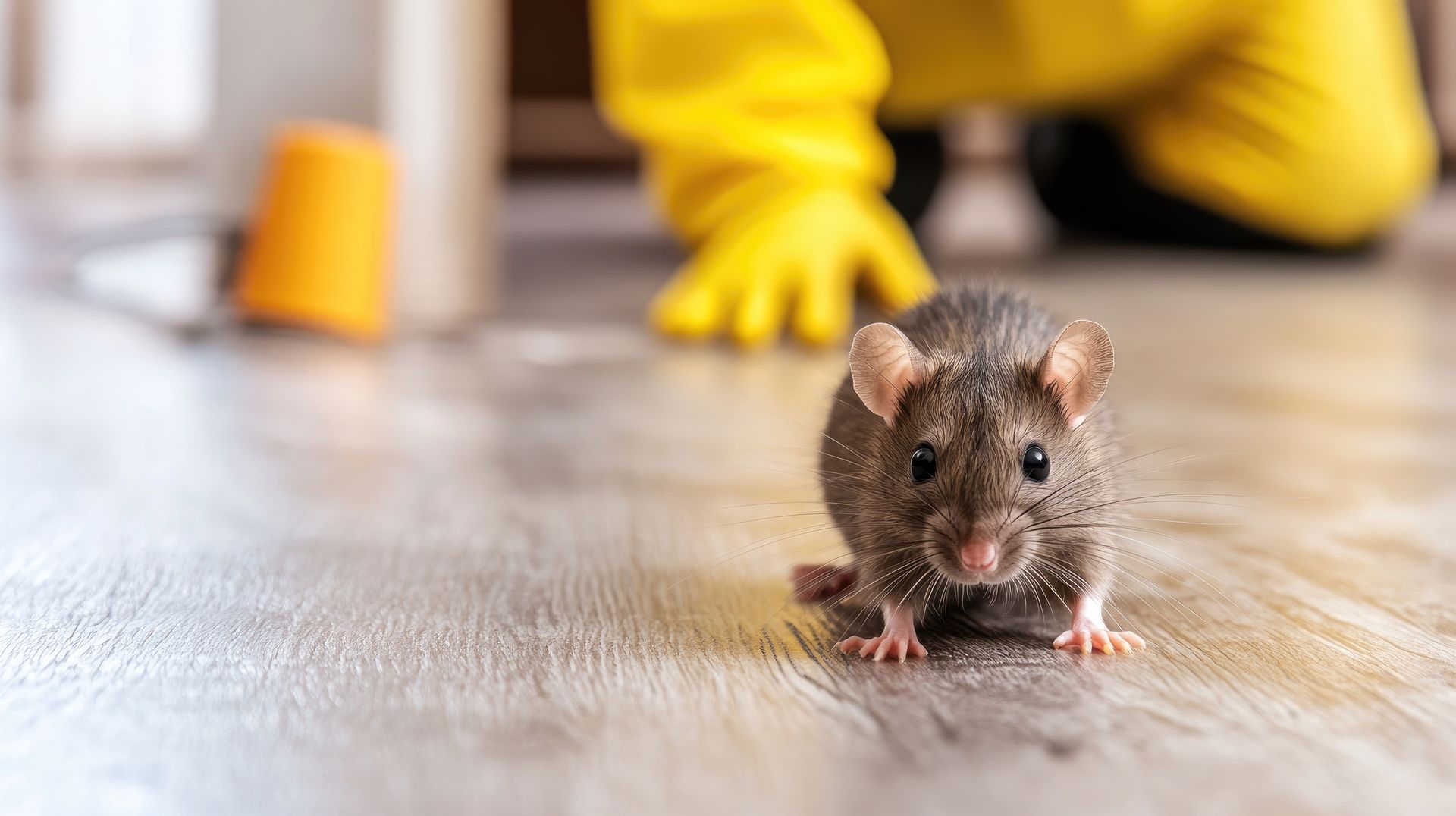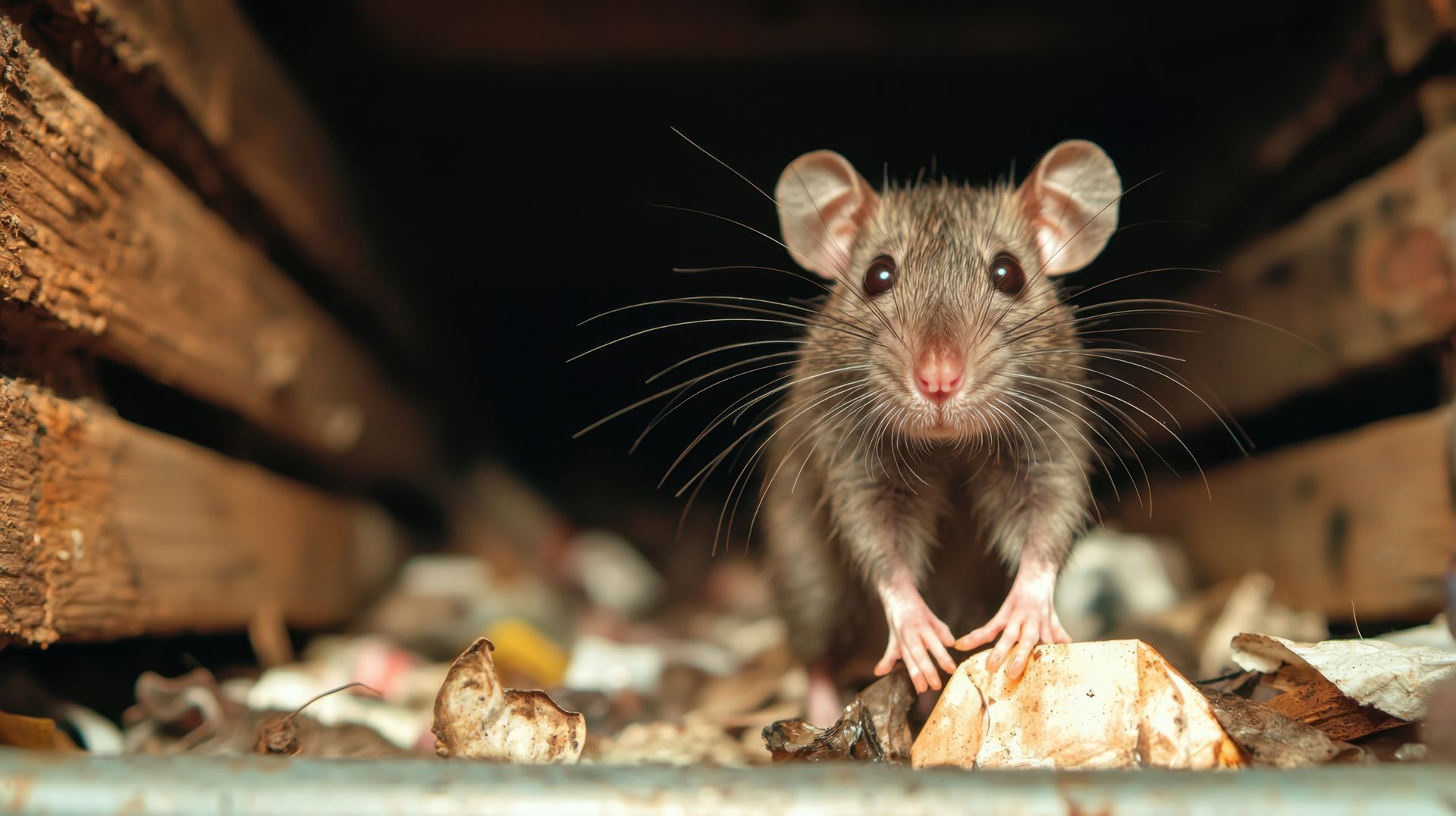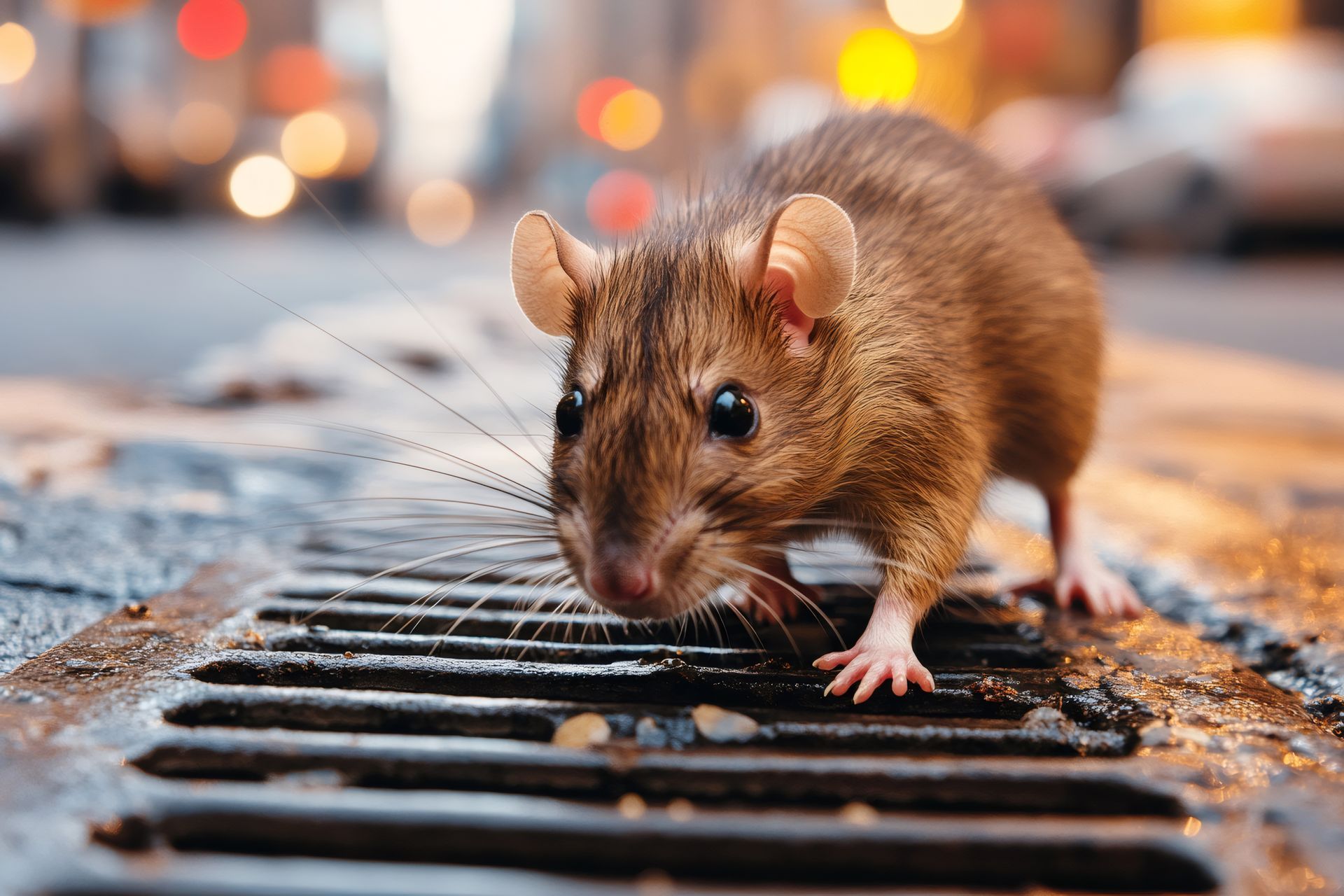Beyond the Attic: Where Roof Rats Hide in Your Texas Home

Did you know that Texas ranks among the top states for rodent infestations? In fact, roof rats are one of the most common culprits invading homes across the state. While many homeowners assume these pests are confined to their attics, the reality is far more alarming—roof rats are masters of stealth and can hide in a variety of unexpected places throughout your home.
Rodent Retreat, Texas’s trusted roof rat removal service Texas, is here to shed light on the lesser-known hiding spots of these sneaky invaders. Understanding where they nest and how to spot them is crucial in preventing costly damage and potential health hazards. Let’s take a deep dive into the not-so-obvious places roof rats may be lurking in your home.
The Usual Suspects: Attics and Roofs
It’s no surprise that attics and rooftops are the most common hiding places for roof rats. These rodents got their name because they are excellent climbers, using tree branches, utility lines, and even rough-textured walls to access higher parts of a home.
Why do they love attics and rooftops?
- Warmth & Shelter: Texas’s fluctuating weather makes attics an ideal refuge, especially during colder months.
- Safety from Predators: Elevated spaces keep them safe from natural predators like cats, owls, and snakes.
- Ample Nesting Materials: Insulation, cardboard boxes, and stored belongings provide the perfect nesting materials.
While attics and rooftops are known hotspots, roof rats are adaptable and can set up residence in more concealed areas.
Hidden Havens: Exploring Less Obvious Roof Rat Habitats
Beyond attics, roof rats can squeeze into shockingly tight spaces, nesting in areas most homeowners never think to check. Here are some surprising locations where these rodents may be hiding:
1. Wall Voids
Small gaps in drywall, behind cabinets, and inside hollow walls are prime real estate for roof rats. These spaces offer darkness, insulation, and a hidden route to food sources. If you hear scratching or rustling behind your walls at night, you may have an infestation.
2. Crawl Spaces
Most Texas homes have crawl spaces that remain undisturbed for long periods. Roof rats take advantage of this, tunneling through insulation and using exposed beams as runways.
3. Under Decks and Patios
If you have a deck or patio, roof rats may be nesting underneath. These areas provide shelter from predators and easy access to the home via gaps in siding or foundation cracks.
4. Behind Large Appliances
Refrigerators, dishwashers, and ovens generate warmth, making them attractive hiding spots for roof rats. They can chew through wiring and leave behind droppings, creating a serious fire hazard.
5. Dense Landscaping & Ivy-Covered Walls
Overgrown vegetation, particularly ivy-covered fences and thick shrubbery, offers perfect camouflage for roof rats. If plants are close to your home, they may serve as a bridge for rodents seeking entry.
These lesser-known hiding spots mean roof rats could be living right under your nose. Regular inspections are essential to prevent an infestation from spreading.
Roof Rats and Your Garden: Protecting Your Texas Landscape
Your backyard may be attracting roof rats without you realizing it. Gardens and fruit trees are an all-you-can-eat buffet for these rodents.
How Roof Rats Use Your Garden
- Fruit Trees: Citrus, figs, and pecans are roof rat favorites. They will climb trees and chew through ripening fruit before you even get a chance to harvest.
- Vegetable Gardens: Tomatoes, squash, and leafy greens are prime targets for hungry rodents.
- Compost Piles: Open compost attracts rats, providing food scraps they can feast on at night.
Preventative Measures
- Trim tree branches away from your roof and fence lines.
- Harvest ripe fruits and vegetables promptly.
- Secure compost bins with tight-fitting lids.
- Install mesh fencing around gardens to deter rodents.
By making your garden less inviting, you reduce the chances of roof rats making your yard their next home.
The Dangers of Hidden Infestations
A hidden roof rat infestation poses serious risks, both to your health and your property. Here’s what can happen if left unchecked:
Health Risks
- Roof rats spread diseases such as salmonella, hantavirus, and leptospirosis through urine and droppings.
- Their fur and waste can trigger allergic reactions in sensitive individuals.
- They can introduce parasites like fleas and mites into your home.
Property Damage
- Electrical Fires: Roof rats chew through wires, which can spark house fires.
- Structural Damage: They gnaw through wood, insulation, and even drywall.
- Contamination: Food stored in pantries can be tainted by roof rat activity, leading to waste and sanitation issues.
Detecting and addressing infestations early is the key to avoiding costly damage and health hazards. So, Don't Let Rats Ruin Your Retreat: Roof Rat Removal Service, visit this to know more.
Proactive Inspection: Identifying Hidden Roof Rat Activity
Homeowners should take a proactive approach to spotting roof rats before an infestation worsens. Here’s a checklist to help identify signs of their presence:
- Scratching sounds inside walls or ceilings, especially at night.
- Greasy rub marks along baseboards and entry points.
- Droppings near food sources or hidden corners.
- Gnaw marks on wood, wiring, or plastic.
- Unusual pet behavior, such as barking or pawing at walls.
- Musty odor in enclosed spaces.
If you notice any of these warning signs, it’s time to take action before the problem escalates.
Professional Solutions for Hidden Infestations
While DIY methods may work temporarily, professional extermination is the most effective way to eliminate roof rats. At Rodent Retreat, we specialize in locating and eradicating even the most well-hidden infestations.
Our Proven Process
- Thorough Inspection: We identify all entry points and nesting areas, including hard-to-reach places.
- Customized Treatment Plan: We use advanced techniques like baiting, exclusion methods, and humane trapping.
- Sealing Entry Points: Preventative exclusion ensures roof rats cannot return.
- Ongoing Monitoring: We offer follow-up inspections to ensure your home stays rodent-free.
With roof rat removal service Texas experts on your side, you can protect your home from these elusive pests for good.
Conclusion
Roof rats don’t just live in attics—they hide in walls, under decks, behind appliances, and even in your garden. Ignoring a roof rat problem can lead to serious consequences, from structural damage to health risks. The longer an infestation goes unnoticed, the more difficult and costly it becomes to eradicate.
Rodent Retreat understands the challenges homeowners face when dealing with hidden infestations. That’s why we offer expert roof rat removal service Texas, ensuring a thorough inspection and comprehensive solutions tailored to your home’s unique needs. Our team is equipped with the knowledge and tools to detect and eliminate these elusive pests before they cause further harm.
Don’t let roof rats take over your home. The sooner you take action, the easier it will be to keep your property and family safe. Contact Rodent Retreat today to schedule a professional inspection and secure your home against future infestations. Peace of mind starts with a pest-free home!
